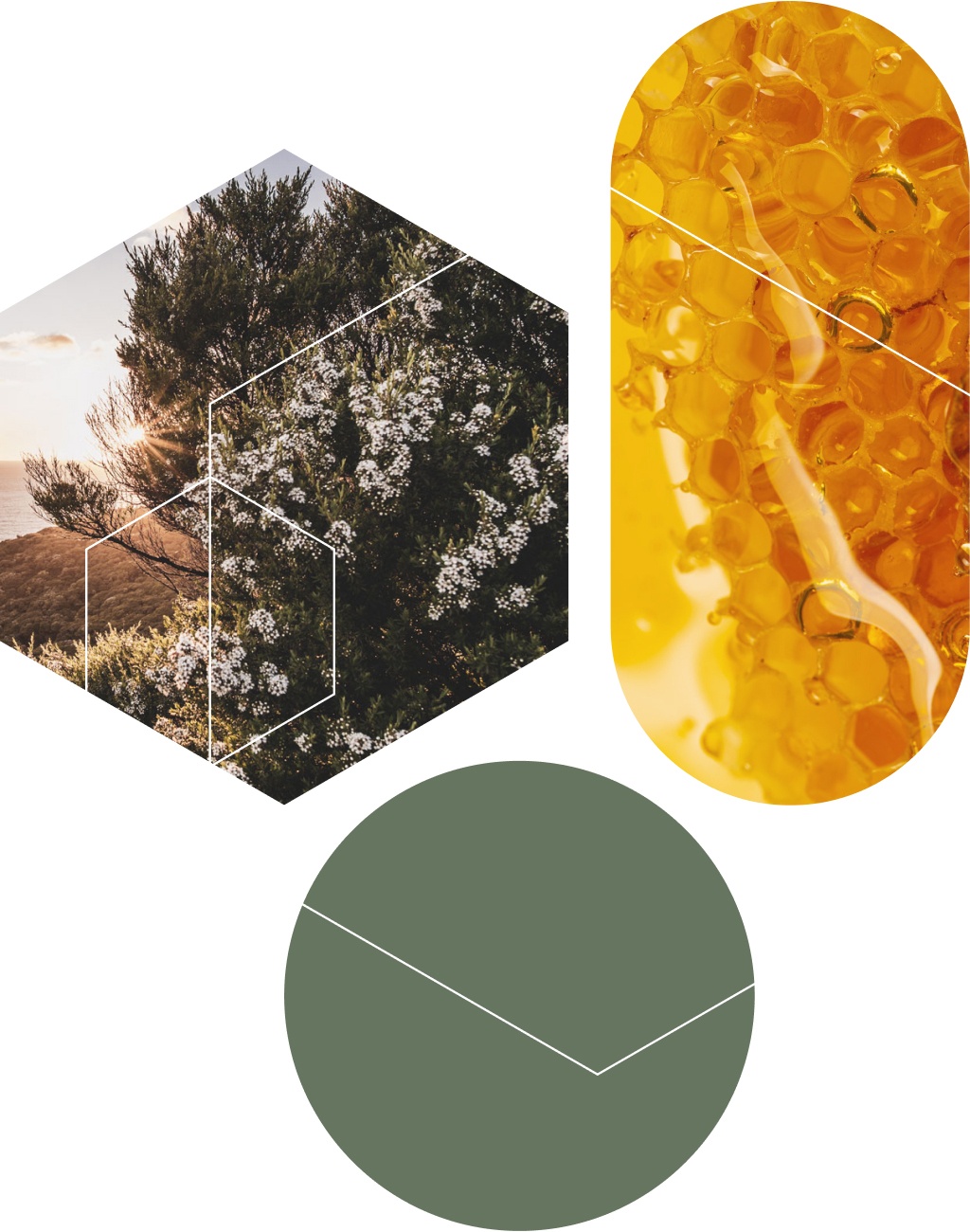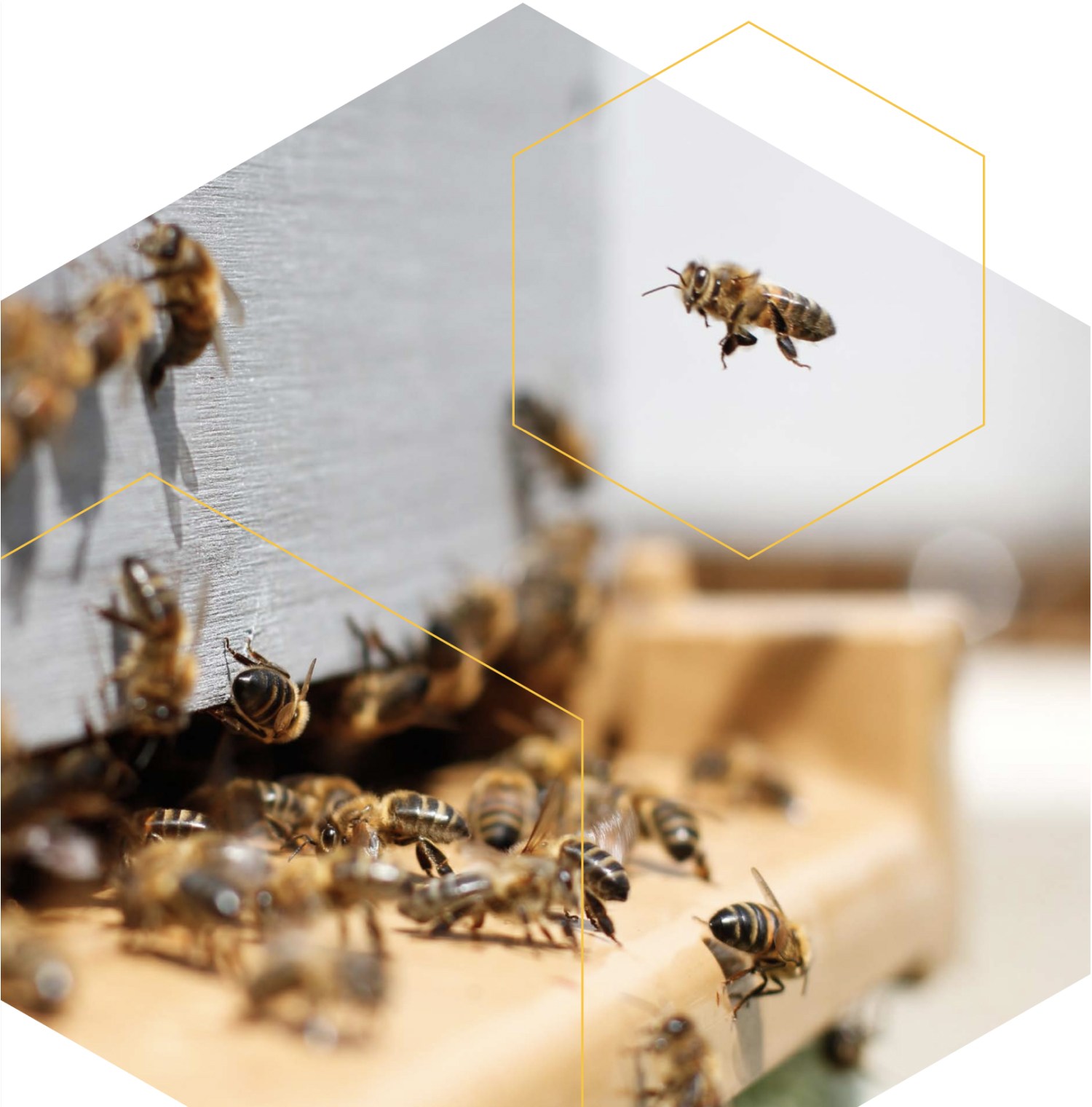“Ranginui (sky father) and Papatūānuku (earth mother) were locked in an eternal embrace. Their children became frustrated with the cramped conditions and decided to separate their parents — Tane Mahuta (god of the forests) lay on his back and forced his parents apart. He adorned Ranginui with the sun, moon and the stars. He also cloaked his mother with trees. Tane Mahuta had a union with Tawake-toro which gave rise to Mānuka. Tane Mahuta also introduced all our native tree species, native birds and insects.”
The History of Mānuka Honey
Our place and a very special tree

An important part of this story is our uniquely versatile mānuka tree. Its history goes back to the very creation of this beautiful land, Aotearoa-New Zealand.
A medicinal Māori taonga
Māori, who named mānuka, called it a taonga or ‘treasure’ and have used the tree for a millennia because of its remarkable properties. Traditional uses included infusions made with its leaves to reduce fever, treat stomach ailments and alleviate urinary problems. Its gum was an effective moisturiser for burns and eased coughing. Bark decoctions were a sedative, a mouthwash and treated diarrhoea.
From Captain Cook’s tea to modern day skin balm
Europeans were also quick to discover its uses when they arrived here. On Captain Cook’s voyages his crew boiled its leaves to make tea. They even brewed mānuka beer, described as “exceedingly palatable and esteemed by everyone on board”.
Today, essential oils from mānuka leaves are found in all sorts of health and wellness products. While the the tree’s unique properties are being researched by scientists all around the world.

Our Thriving Bees
New Zealand has one of the healthiest communities of honey producing bees in the world. Between 2014 and 2020 the number of registered hives climbed from 500,000 to 869,000 (source – New Zealand Ministry for Primary Industries).
Not only is our thriving bee population essential to the production of precious mānuka honey, it’s also vital for a lot of New Zealand’s other world-renowned produce. The unique combination of these tireless honey producers and our fertile green islands, deep in the South Pacific, helps the country grow the rich nutritious foods sought after by fans of natural, healthy lifestyles everywhere.



